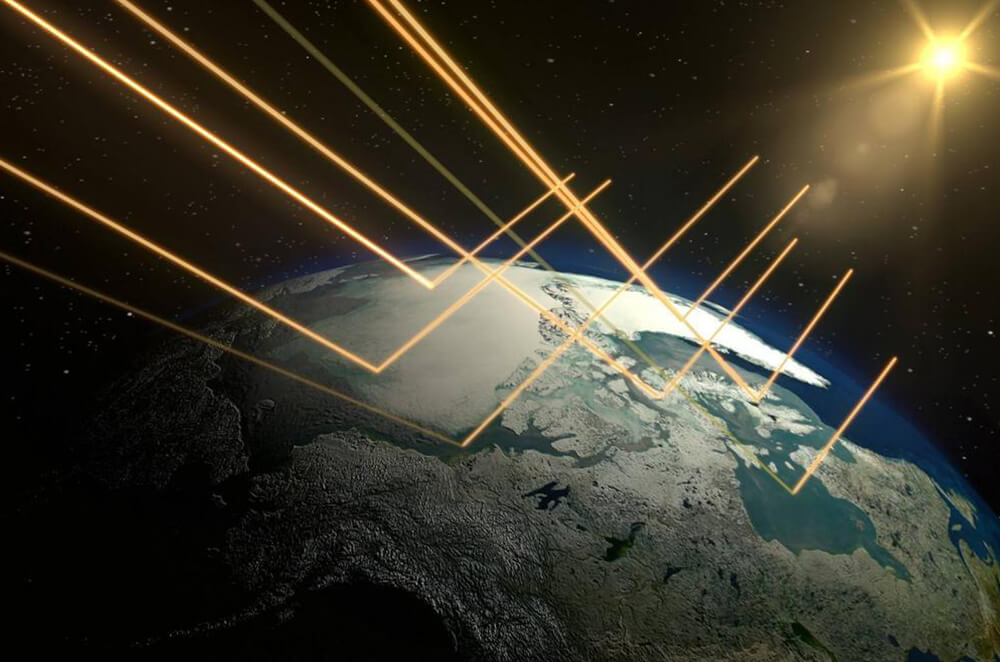
Geoengineering: Cooling Down the Planet to Combat Global Warming
Fecha: 12/11/2024
The great mission of our time is to combat climate change. Over the past 100 years, the global average temperature has risen by 0.76°C, and all indications suggest it will continue to rise exponentially. This is where the famous 1.5°C comes from—perhaps the most recognizable symbol in the conversation about climate change.
The Intergovernmental Panel on Climate Change (IPCC) has identified that the global average temperature of the Earth must not exceed 1.5°C by the end of this century compared to pre-industrial levels. They warn that the consequences would be devastating for all living beings.
This is why so much money, research, and effort have been dedicated to finding ways to limit global warming. While significant progress has been made in renewable energy, decarbonizing the economy, reforestation, and promoting more environmentally friendly lifestyles, it is still not enough. In fact, the scientific community has already warned that by 2027, we are likely to exceed the 1.5°C threshold.
This has led some scientists to explore a different path: instead of limiting the increase in the Earth’s temperature, they want to cool down the planet.
What is Geoengineering?
Geoengineering is a discipline that promotes the intentional manipulation of the climate on a global scale. The main purpose of these technologies or projects is to mitigate the effects of climate change through interventions that lower the Earth’s temperature.
David Keith, a scientist and professor at the University of Chicago, has dedicated his career to advocating for geoengineering. Essentially, his proposal is to recreate a natural event we’ve already experienced: in 1991, a volcanic eruption of Mount Pinatubo in the Philippines injected about 15 million tons of sulfur dioxide into the stratosphere. For the following two years, the planet cooled by more than half a degree. Keith's proposal is to intentionally release sulfur dioxide into the stratosphere to lower global temperatures.
Other geoengineering projects include capturing carbon dioxide that warms the atmosphere and burying it underground, using giant mirrors to send heat into space, or modifying clouds and glaciers to make them more reflective.
Although it may seem like science fiction, institutions like Harvard are already evaluating ways to make these kinds of projects a reality, while the European Union has taken them seriously enough to commission a study on the potential dangers of such technologies.
Risks and Rewards
And the EU is not the only one that has reservations about geoengineering. Critics of these projects warn that human intervention in the natural cycles of the Earth is precisely what has brought us to our current situation. Furthermore, they argue, there’s no way to know if the effects of such a drastic intervention as Keith proposes would be permanent, or what other climatic events it might trigger.
The most common argument among those who are skeptical of these solutions, however, is that they are not truly solutions, but rather temporary fixes. It has been established over the past 20 years that the key to combating the climate crisis is to plan and act sustainably. In their view, we need an economy and a general lifestyle aligned with the planet and all living beings if we want to ensure a viable future.
